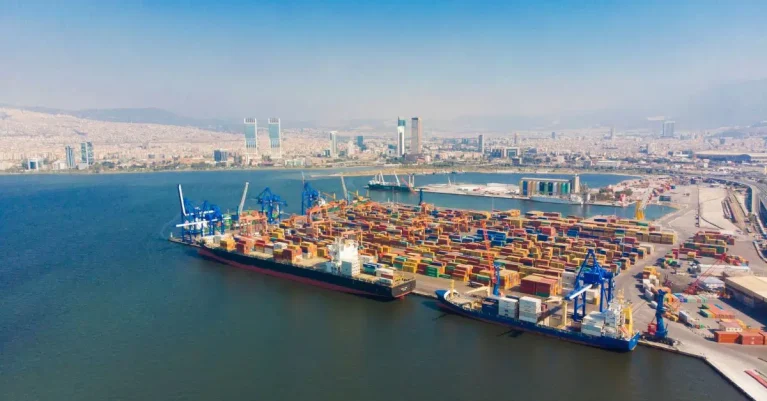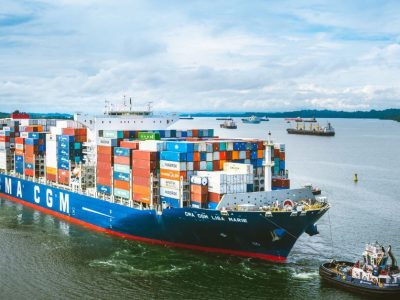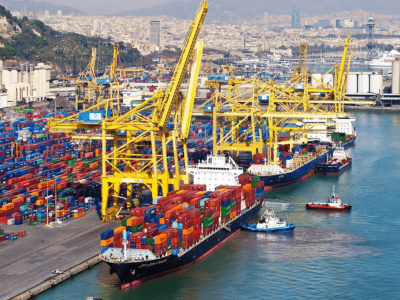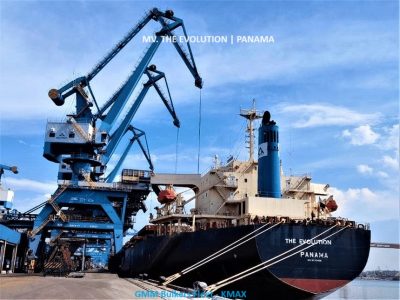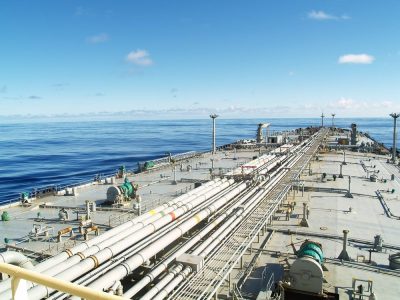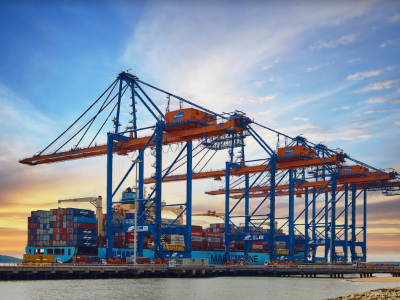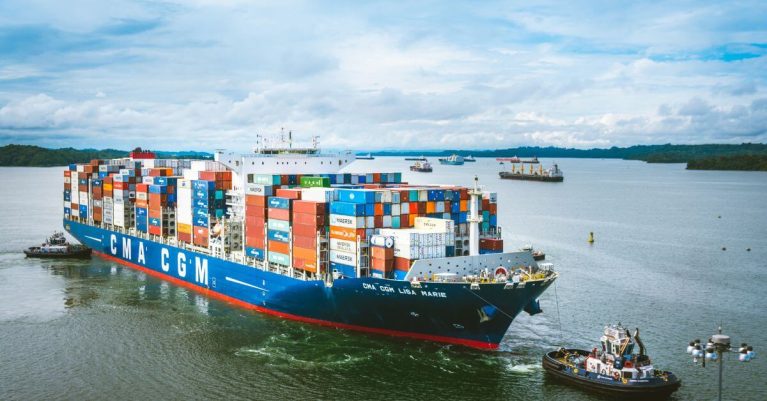By GMM News | 2024-08-05 | International Shipping News |
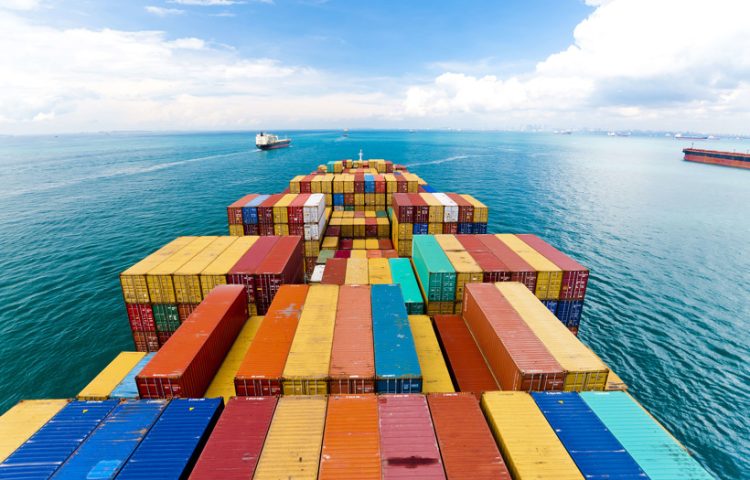
The container ship fleet’s capacity has surged by 1.6 million TEU since the beginning of the year and has seen an 11% year-over-year increase to 29.5 million TEU, marking the fastest growth in 15 years, according to Niels Rasmussen, Chief Shipping Analyst at BIMCO.
In the first half of 2024 alone, 264 new ships with a combined capacity of 1.6 million TEU were delivered, setting a new record high. This amount is two-thirds more than during the first half of last year when the previous record was set.
Meanwhile, high demand for ships and strong cargo volume growth, along with rerouting via the Cape of Good Hope, have kept ship recycling low, with only 36 ships recycled totaling 51k TEU capacity.
“Despite the record, shipowners have continued to place orders for new ships. Year-to-date, a total of 63 ships with a combined 0.4m TEU capacity have been ordered and the order book-to-fleet ratio remains high at 19%,” says Rasmussen.
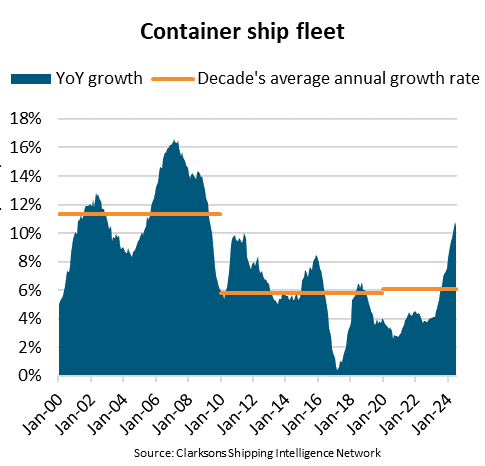
The order book already contains orders for delivery in 2028, with an average of 1.5 million TEU scheduled for delivery each year between 2025 and 2027.
BIMCO highlights that the 12k-17k TEU ship segment has experienced the fastest growth, now comprising 22% of the container fleet. The segment’s capacity grew 25% year-over-year in the first half, contributing nearly 50% to the overall fleet’s growth. It was the main growth driver in 2022 and 2023 and will continue to dominate future growth, accounting for over 50% of the capacity on order.
This marks a change from 2015-2021, when ships larger than 17k TEU dominated growth. Now, they constitute only 17% of the order book capacity, according to BIMCO, as shipowners have shifted focus due to operational limitations in Asia and Europe, with existing ships already covering these trade lanes.
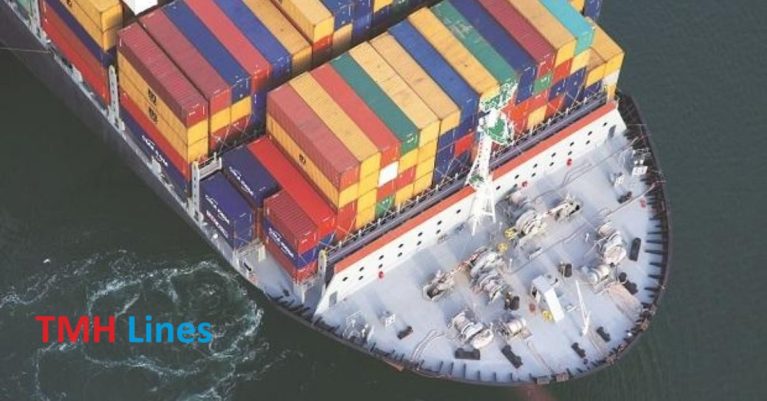
“The container fleet’s capacity is expected to exceed 30 million TEU for the first time at the end of the third quarter and hit 30.5 million by the end of 2024. By the end of 2027, the current order book will add another 4.3 million TEU. As cargo volume growth is unlikely to match this expansion, we expect ship recycling to increase and temper overall fleet growth. In addition, if ships can eventually return to the Red Sea and the Suez Canal, demand for ships will fall,” added Rasmussen.


